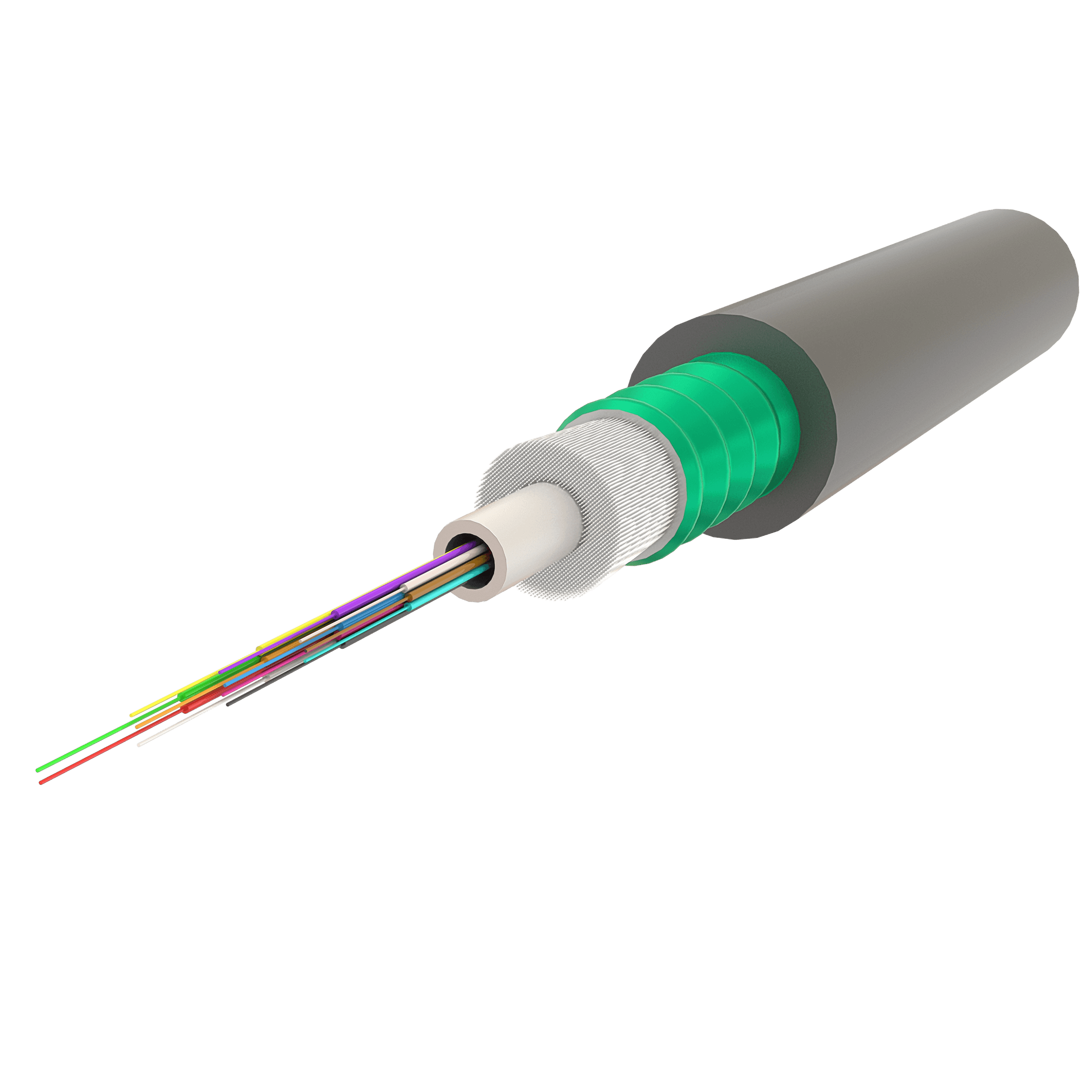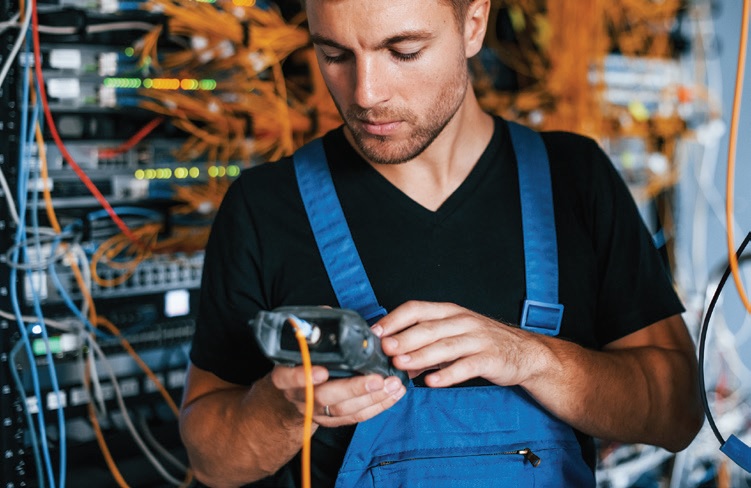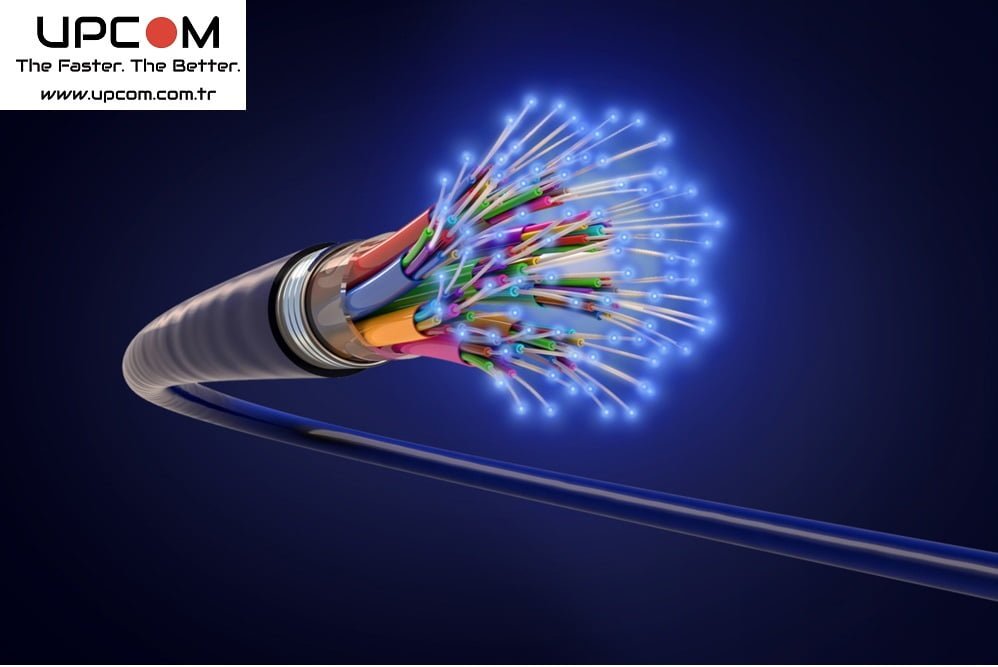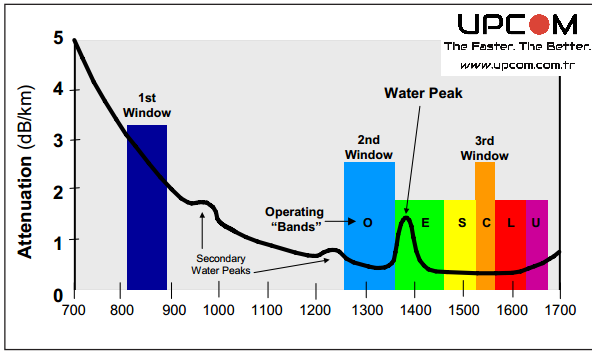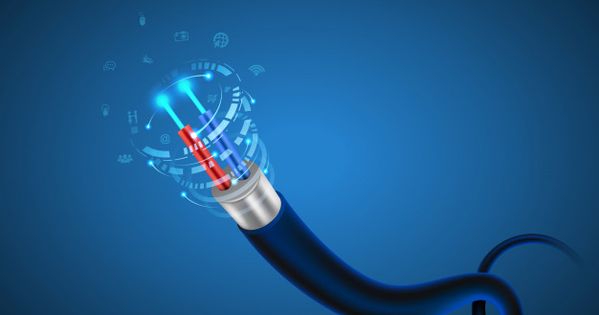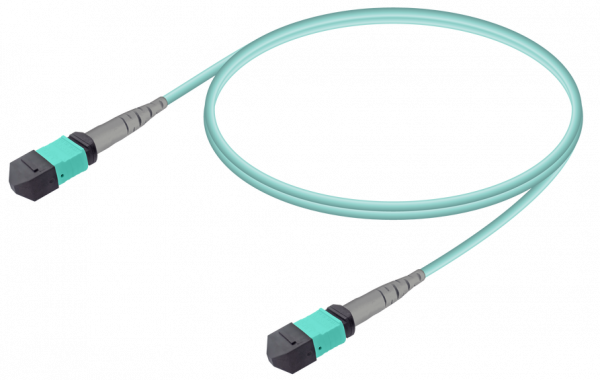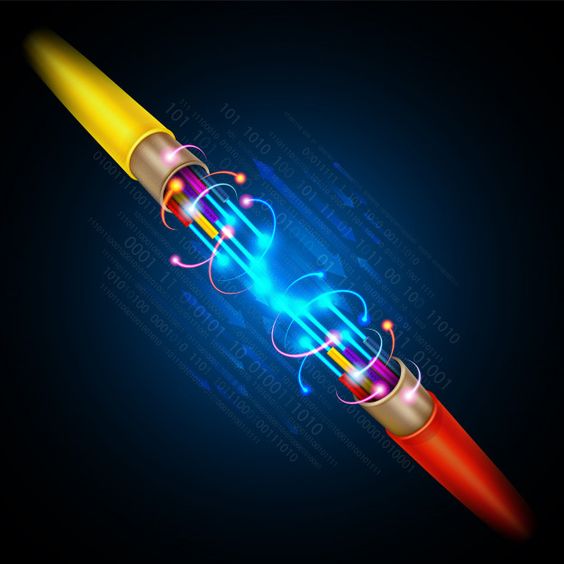25 Jan Tight-Buffered and Loose-Tube Cables
The difference between tight-buffered and loose-tube fiber optic cables is in the way the fibers are protected and packaged within the cable.Tight-buffered fiber optic cables feature fibers that are surrounded by a tight-fitting buffer material, such as a plastic coating, to protect them from external...



